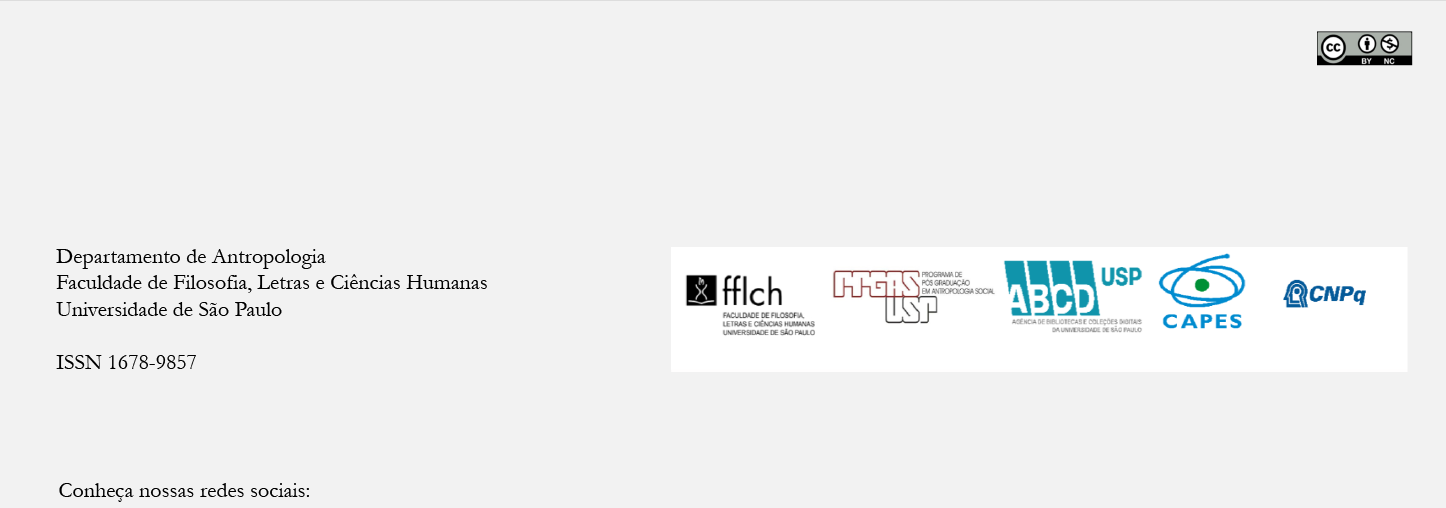Ethnoscenology: Incarnations of the Imaginary. Unity of Species. Diversity of Views
DOI:
https://doi.org/10.11606/2179-0892.ra.2013.82462Keywords:
Magdeleine G. and Saartije Baartman, Ethnoscenology, Evolutionism.Abstract
The late emergence of ethnoscenology in the field of anthropology of aesthetics is significant. The obstacles which have been overcome so as to insure acceptance of the idea of the ethnic (or relative) character of Western theories of spectacle arts have been numerous. They still are, with differences which vary according to national academic, philosophical and artistic traditions, and the history of political relations (colonization). The difficulties arise from questions pertaining to the perception of living bodies, and have to do with phenomena of projection, interpretation and normative (more than descriptive) discourse. The cases of two women who became objects of public exhibit – Magdeleine G. and Saartije Baartman – illustrate the importance of theoretical a priori and personal experience of the observer in orienting the ways in which others are viewed and become subjects of description and commentary. These examples provide a critical standpoint from which to consider scientific perspectives and tacit knowledge of practitioners, according to lessons to be learned from ethnosciences.Downloads
Download data is not yet available.
Downloads
Published
2013-12-12
Issue
Section
Special Number: Anthropology and Performance
License
Copyright (c) 2013 Revista de Antropologia

This work is licensed under a Creative Commons Attribution 4.0 International License.
Authors who intend to publish in this journal must agree with the following terms:
- a) Authors retain copyright and grant the journal the right of first publication. The work is simultaneously licensed under the Creative Commons Attribution License, which allows the work to be shared as long as the author and the initial publication in this journal are appropriately credited.
- b) Authors are authorized to sign additional contracts for non-exclusive distribution of the version of the work published in this journal (e.g., to publish it as a book chapter), as long as the author and the initial publication in this journal are appropriately credited.
- c) Authors are allowed and encouraged to publish and distribute their work online (e.g. on their personal webpage) after the editorial process, for this can generate productive changes as well as increase the impact and citation of the work. See The Effect of Open Access Publications.
How to Cite
Pradier, J.-M. (2013). Ethnoscenology: Incarnations of the Imaginary. Unity of Species. Diversity of Views. Revista De Antropologia, 56(2), 99-136. https://doi.org/10.11606/2179-0892.ra.2013.82462



